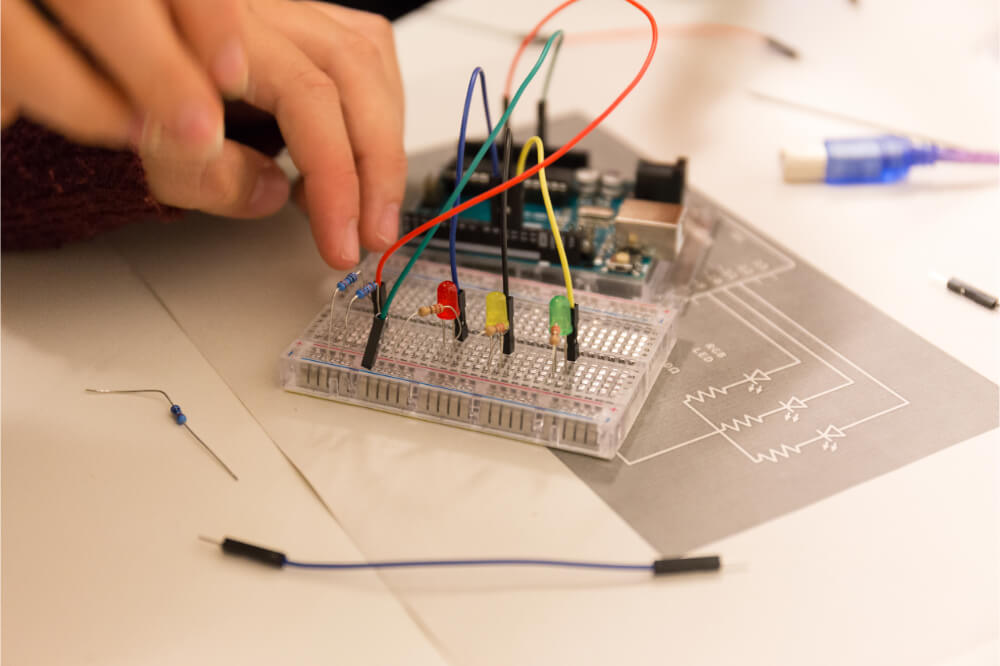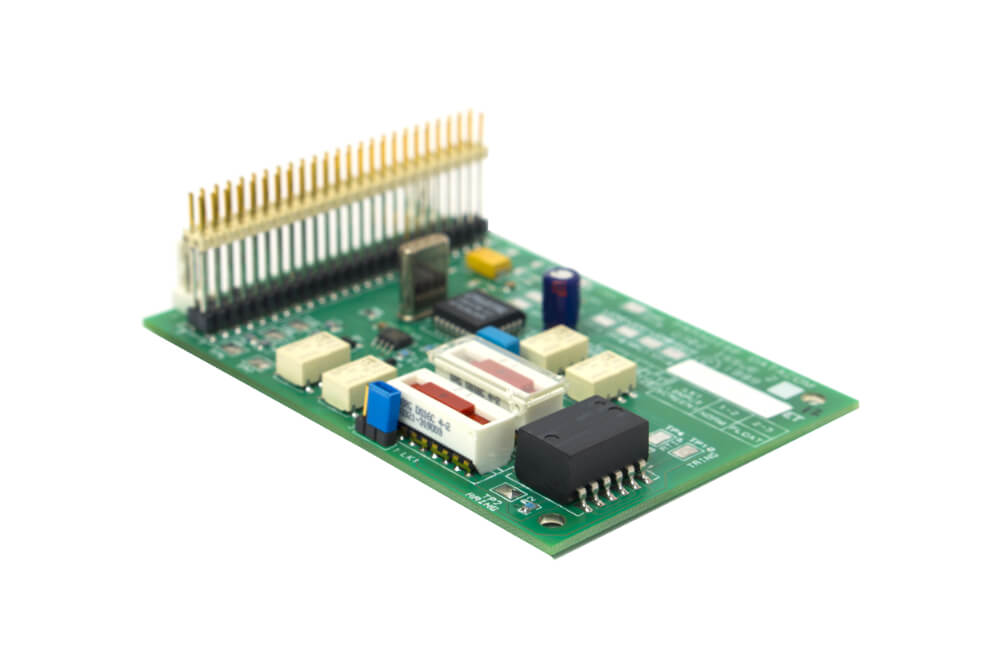The use of Raspberry Pi has become very popular, especially in coding. This doesn’t necessarily have to be used for educational purposes since, thanks to the Raspberry Pi, you can make your own media center. As a result, you’ll be able to convert any TV to a smart TV.
If you don’t know where to start, this guide is meant to provide you with the needed guidance. Consequently, you and your family will have a media center in your home where you can enjoy all your favorite movies when unwinding.
Therefore, let’s go right ahead and take you through the steps to follow when making a Raspberry Pi media center. All this is at a fraction of the cost you would have spent, were it not for Raspberry Media Pi.

Items You’ll Need
In this guide, we’ll be taking you through how to make your own Kodi-based media center. But before you can do this, there are a couple of accessories needed, including:
- A Raspberry Pi board, ideally the latest version for improved performance with excellent choices being 3 B+ or 4
- HDMI cable to connect to the TV
- A microSD card that’s ideally 8GB or bigger
- A Wi-Fi adapter or Ethernet cable (For the best performance, get an Ethernet cable)
- A case
- A micro-USB power supply
- A Bluetooth keyboard, mouse, or USB
The keyboard and mouse will be used during the initial PC setup when installing Kodi to your SD card.
After buying all these items, your cost of making a media center will go over $35. Fortunately, some of these items you may find lying around in your home, hence helping you save some money.
Steps To Make Your Raspberry Pi Media Center
Step 1: Download and Flash Kodi Into Your SD Card
The first thing you’ll need to do happens on the computer. You should start by going to the free Etcher program available in Linux, macOS, and Windows. Subsequently, go to the home page to download the version best suited for your laptop’s operating system. For Windows, it’s best you go for the portable version.
After doing this, go to the download page on LibreELEC and scroll down until you see the section “Direct Downloads.” You should then pick “Raspberry Pi v2 and Raspberry Pi v3” that shows up on the dropdown. However, if you’re using Raspberry Zero or 1, you should instead choose these options. Consequently, scroll downwards and then click on the link directing to the .img.gz file for the picked platform.
As soon as the file finishes to download, start running Etcher. You should then click “Select Image” and pick the .img.gz file that you’ve finished downloading.
You should then click the “Change” link below the second step to confirm Etcher does choose the correct gadget. For our example, we’re using a 16GB SD card inside a Transcend SD card reader.
If the Etcher has chosen correctly, proceed by clicking the “Flash” button. This process will take one or two minutes to finish. In some cases, a popup may appear stating Windows can’t read the drive, but you must never format the drive.
This is something normal and happens because the SD card being used is a Linux file system. You should instead close the window and proceed to the next steps below.
Once it’s all through, eject the microSD card and collect your Raspberry Pi’s hardware.
Step 2: Start Your Raspberry Pi and Configure Your System
You should now insert the microSD card into the Raspberry Pi and connect it to the television using the HDMI cable. If you’ve got an Ethernet cable, connect it also at this point. After doing this, connect your Raspberry Pi to the standard wall outlet and power it up. The LibreELEC splash screen will be displayed on your TV.
Please wait for a couple of minutes for the first boot as it creates the needed folders and makes sure everything is in order. Once this is complete, a traditional Kodi home screen will appear. You also see a LibreELEC popup that’ll take you through the early steps, such as setting up your time zone.
This is all that’s required for things to be up and running. The other steps going forward will be almost identical to what you usually do during the setup of Kodi on any other box.
There are a couple of things you can do, such as controlling playback using a remote, as well as adding new videos to your library. Moreover, you should be able to perform other advanced functions such as controlling Kodi using an Amazon Echo and syncing your libraries to MySQL.
In case you encounter problems linked to Raspberry Pi or LibreELEC, you shall discover several additional settings under Add-Ons > Program Add-Ons > LibreELEC Configuration.
Many of these settings are identical to those input in the initial wizard. Nonetheless. There are a couple of things you need to observe closely, including:
- You can enable or disable SSH And Samba, both of which are needed when accessing the Raspberry Pi platform from another computer on your network. With SSH, you’ll be able to do command-line troubleshooting. On the other hand, Samba allows you to view and edit files with this, especially beneficial when editing Kodi’s configuration files.
- When using MySQL or network sources for your video library. The steps to follow here are heading to Network > Advanced Network Settings and then enable “Wait for Network Before Starting Kodi.” By doing this, you’ll be sure that the library will appear correctly once you’re done booting it up.
All you may be left with going forward are simple basic setup matters. Furthermore, Kodi is customizable, like other platforms. This includes performing functions such as installing add-ons, getting new skins, cloning the SD card for secure backup, and property organizing all your shows and movies.
Conclusion
The Raspberry Pi is a useful device, and if you were thinking about how to use it to make a media center, this in-depth article has provided you with useful information. Therefore, you should go ahead and implement these steps mentioned above and have an entertainment system to enjoy with your family.

